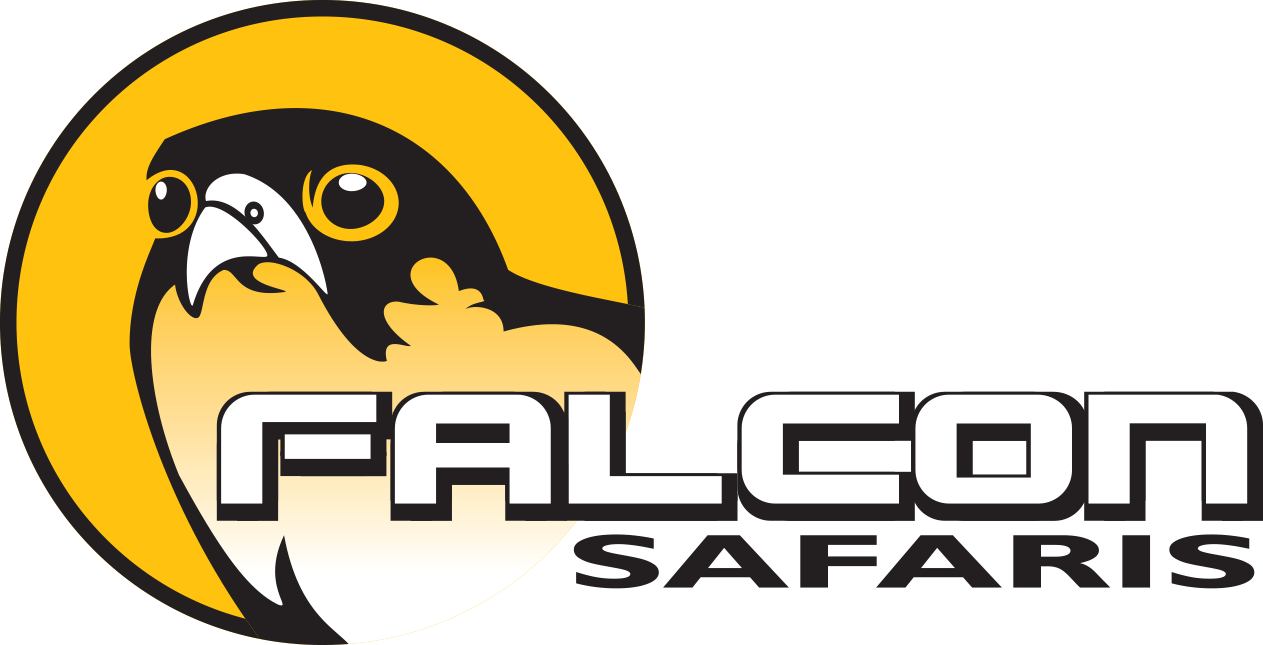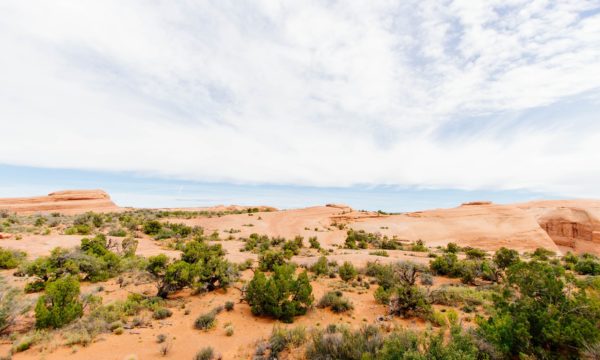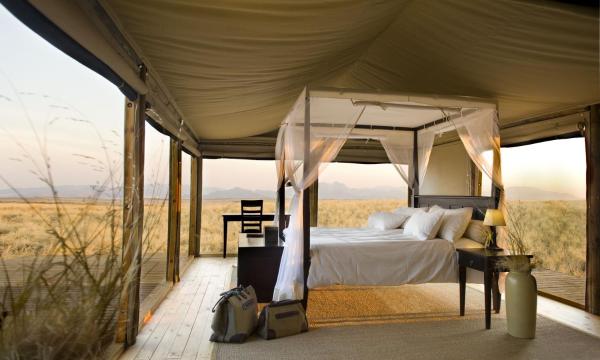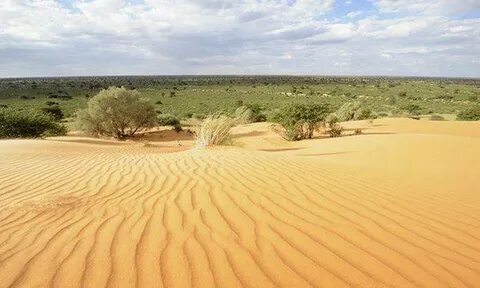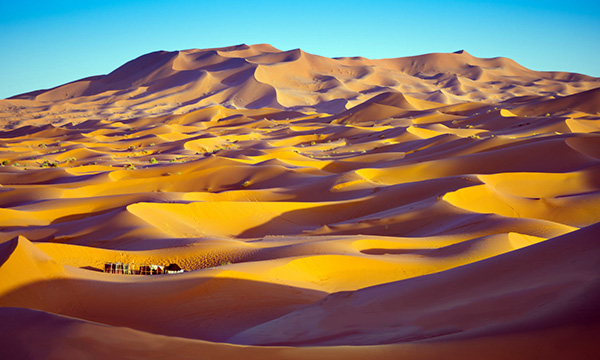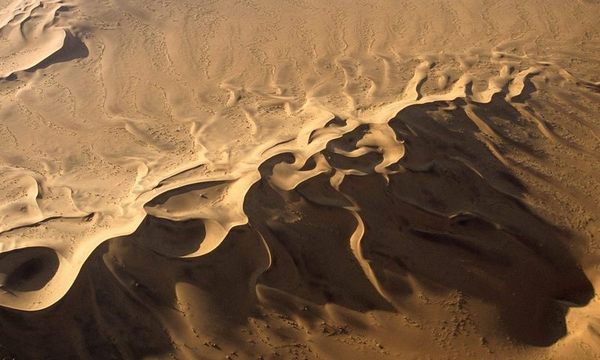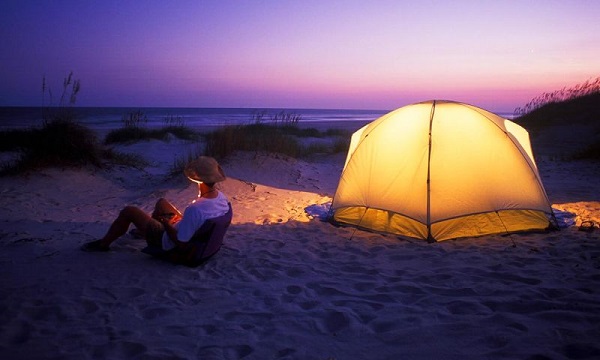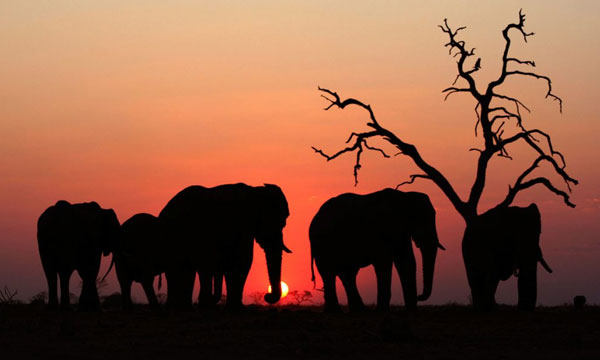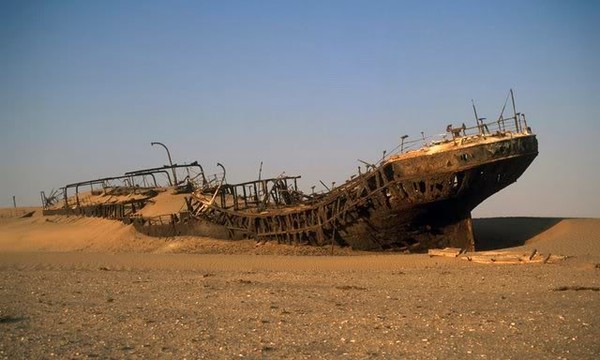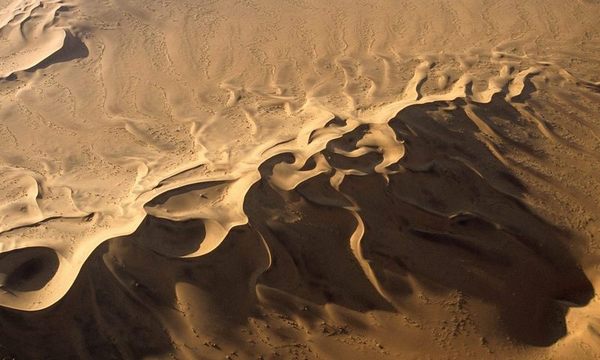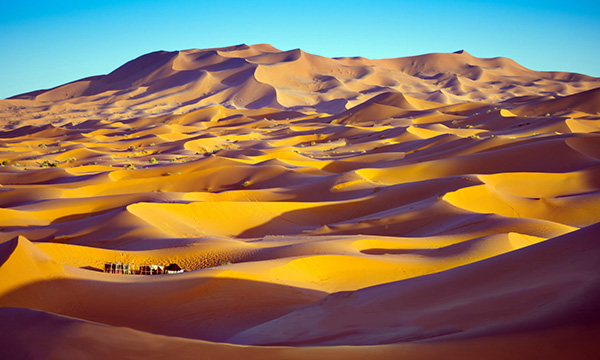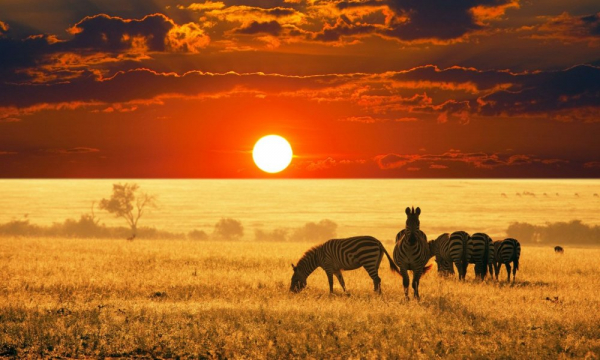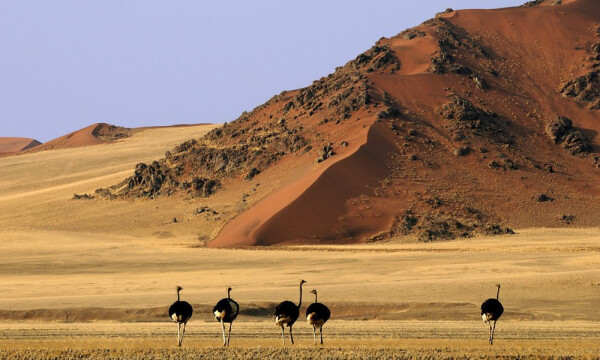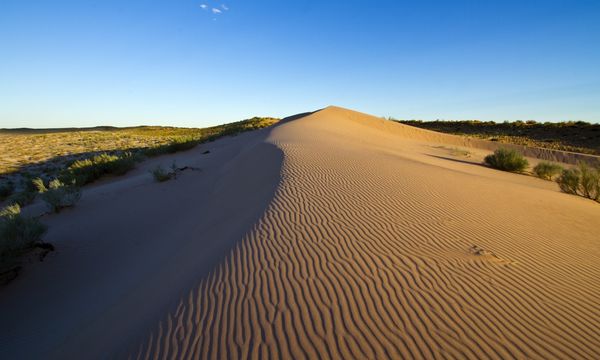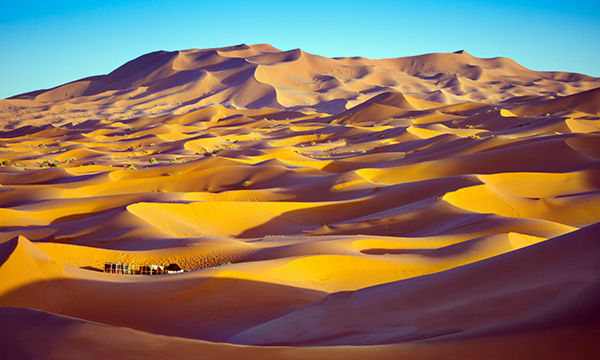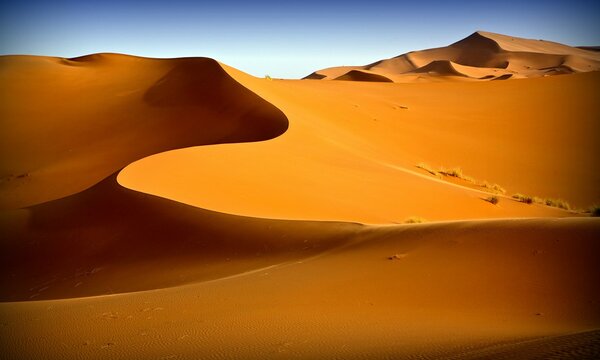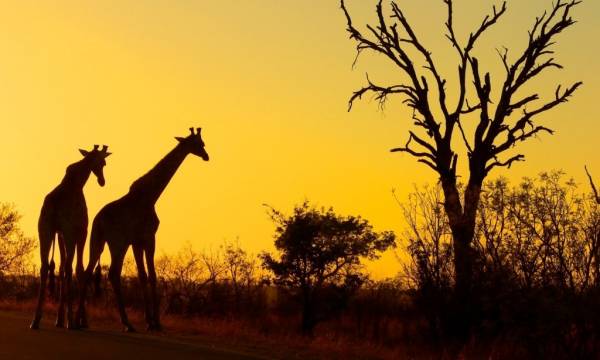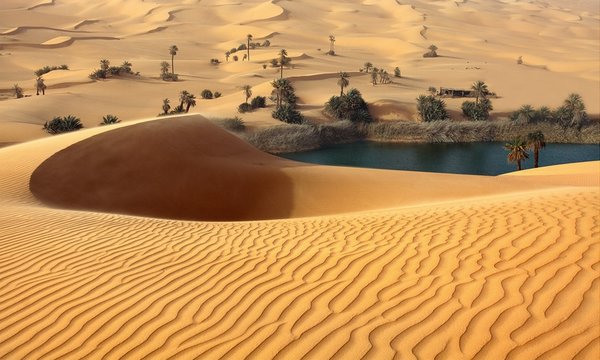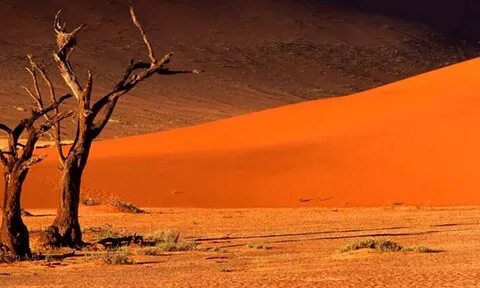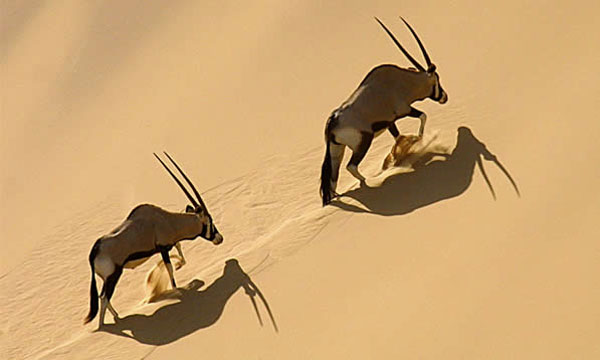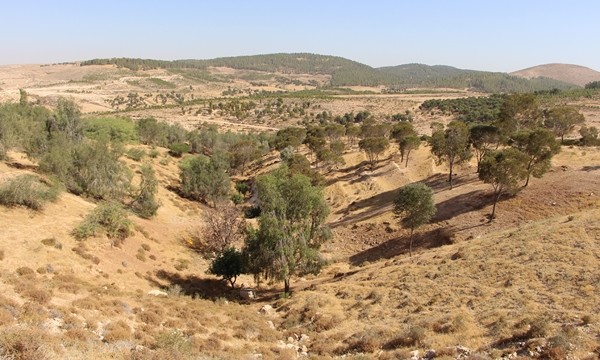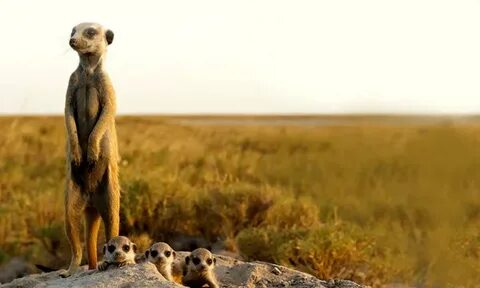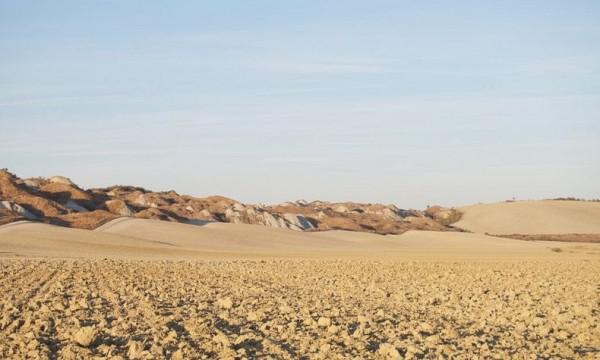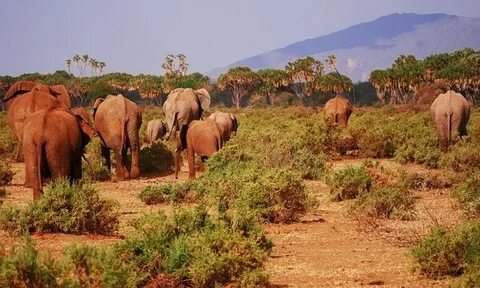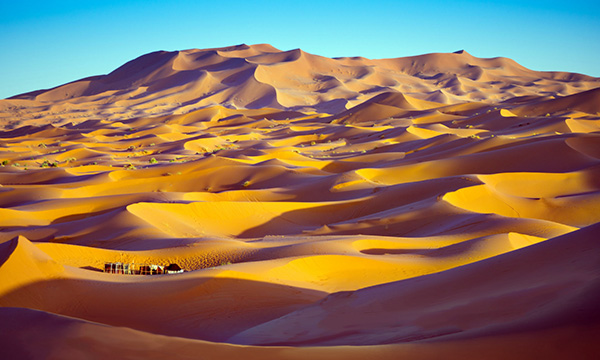Call Us
8:00am - 17:00PM
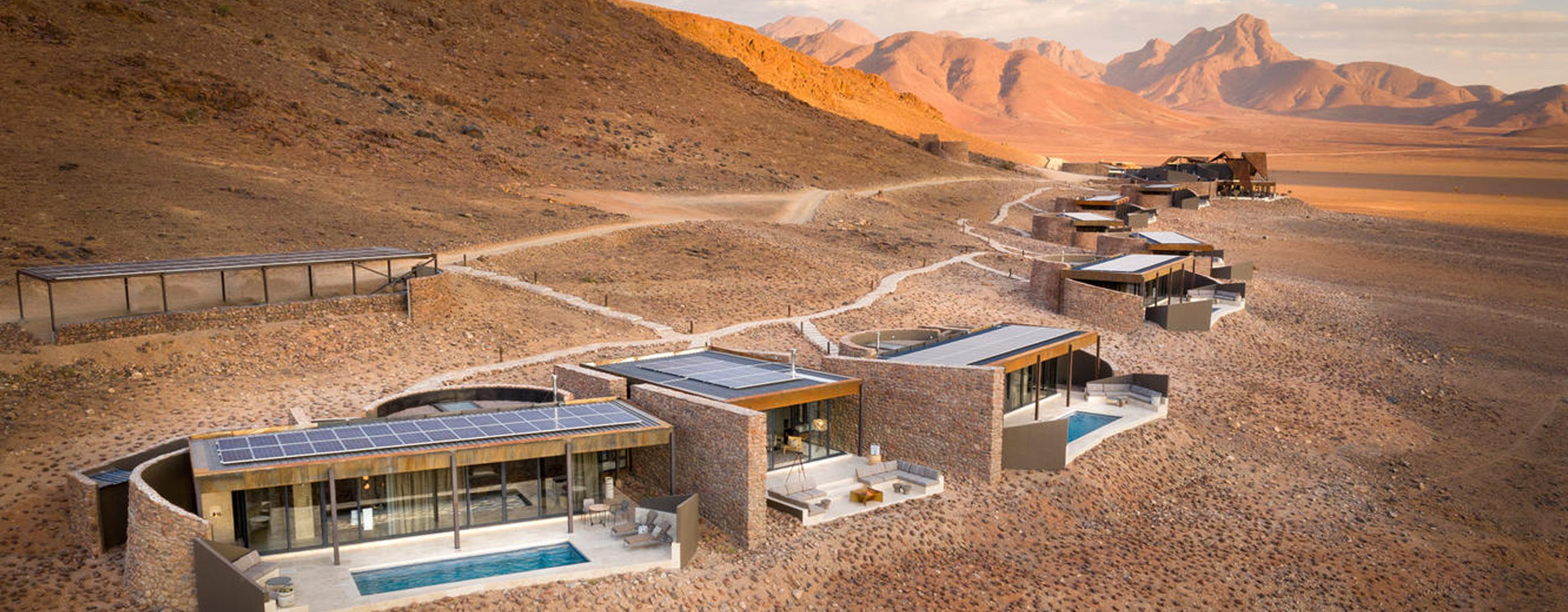
Sossusvlei
About Sossusvlei
Located within the Namib- Naukluft National Park, Sossusvlei is Namibia’s most visited landmark. This place is captivating, mainly its large red sand dunes. Sossusvlei is photogenic! And, it’s a perfect place for the painter who wants to draw its stunning beauty with their canvass.
Sossusvlei deserves to be on your bucket list of Namibia Safaris. We will tell you why?
Sossusvlei Tours and Safaris
We Think You’ll Love
Best time to visit
The Best Time to Visit Sossusvlei is from May to August when the desert air is cool and dry, perfect for exploring the majestic dunes under clear skies. This period offers pleasant days and crisp nights, ideal for safaris and witnessing the serene beauty of the vleis filled with water from the summer rains. These months provide an unforgettable experience, blending magical landscapes with comfortable weather, making every visit truly spectacular.
Wildlife
Sossusvlei, while not a wildlife hotspot, is home to a unique array of desert dwellers. Here, ostriches, springbok, and the iconic gemsbok navigate the vast dunes. Occasionally, you might spot a shy hyena or hear the nocturnal calls of bat-eared foxes. The morning fog nurtures a hidden world of reptiles and insects, including elusive geckos and the exclusive dune lark, offering a glimpse into the resilience of desert life.
What To Experience
We think you will love
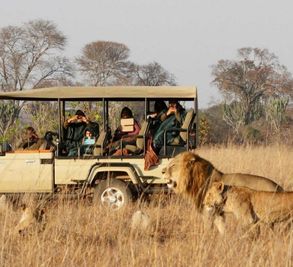
Game Drives
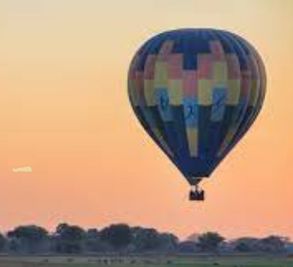
Ballon Safari
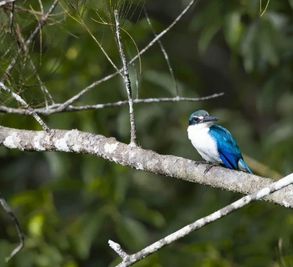
Birding

Walking Safari
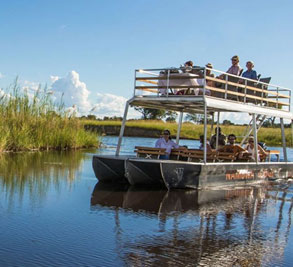
Boating Safari
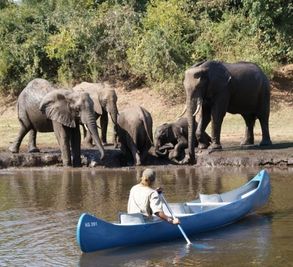
Canoeing
Travel Guide For Sossusvlei
We Think You’ll Love
History Of Sossusvlei
Sossusvlei has a rich and fascinating history, dating back thousands of years. The San people, also known as the Bushmen, were the first inhabitants of the area, living off the land and practicing their ancient way of life for over 2,000 years.
In the 19th century, the first European explorers arrived in the region, with German geologist Friedrich von Eckenbrecher being the first to document the towering sand dunes of Sossusvlei. The German colonial administration established a military outpost in the region, and Sossusvlei became a popular hunting ground for European settlers.
Geology And Climate Of Sossusvlei
The geology of Sossusvlei is a result of millions of years of erosion and deposition. The dunes are composed of red sand, which is believed to have been carried by the Orange River from the Kalahari Desert, and deposited by the Benguela Current. The area also contains ancient fossilized sand dunes that are over 1 billion years old.
The climate of Sossusvlei is classified as arid, with hot and dry conditions throughout the year. Temperatures can reach as high as 45°C (113°F) during the day and drop to below freezing at night. The area receives very little rainfall, with most of it falling between December and March.
The Best Time To Visit Sossusvlei
As, we have mentioned above, June to October is the best time of the year for Sossusvlei Tours. This is when Sossusvlei experiences cooler and dry weather and wildlife is more active.
However, if you can plan your Sossusvlei visit in June from October, you can consider the other months. Here we have mentioned a detailed month-by-month guide that can help plan your trip:
May-August: These are the winter months in Sossusvlei, with cool temperatures during the day and very cold temperatures at night. However, the clear skies and low humidity make it the perfect time for photography and stargazing. Wildlife sightings are also more frequent during this time, as animals gather around water sources.
September-October: This is the start of spring in Sossusvlei, with warmer temperatures during the day and cooler temperatures at night. The landscape starts to transform, as the dunes turn from red to orange and the desert flowers begin to bloom.
November-December: These are the hottest months in Sossusvlei, with temperatures often exceeding 40°C (104°F) during the day. However, this is also the time when the desert comes alive with activity, as animals and insects are more active and the desert flowers are in full bloom.
January-March: These are the wettest months in Sossusvlei, with occasional thunderstorms and flash floods. However, the rain brings a new dimension to the desert, as the dunes and surrounding areas turn green and wildlife becomes more active.
April: This is a transitional month, with temperatures starting to cool down and the occasional rainfall. It's a good time to visit if you want to avoid the crowds and enjoy the cooler temperatures.
To help you in quick understanding, here is a tabular form of above data
|
Month |
Weather |
Wildlife & Landscape |
|
May-August |
Cool days, very cold nights |
More frequent sightings, clear skies, and low humidity perfect for photography and stargazing |
|
September-October |
Warmer days, cooler nights |
The landscape transforms, the dunes turn from red to orange, and desert flowers begin to bloom |
|
November-December |
Hot days, warm nights |
The Desert comes alive with activity, animals, and insects more active, and desert flowers in full bloom |
|
January-March |
Occasional thunderstorms and flash floods |
Dunes and surrounding areas turn green, wildlife becomes more active |
|
April |
In transitional months, cooler temperatures |
Good time to visit if you want to avoid crowds and enjoy cooler temperatures |
Getting To Sossusvlei
There are two different options to get to Sossusvlei, one is by air and the other is by car.
By Air
Traveling by air is the most convenient way to reach Sossusvlei, you can book a private charter flight in Windhoek.in Sossusvlei, the private airstrip located in Solitaire, just 70 km away from Sesriem Gate.
International travelers fly to Windhoek Hosea Kutako International Airport (FYWD). From there you can rent a car to
By Car
Sossusvlei is 400 km away from Windhoek, which will take you roughly 4-5 hours to get to Sossusvlei. before you drive, remember that Sossusvlei is a remote destination, so pack all the groceries you need and fill your car with enough fuel.
While driving make sure to drive under the speed limit, and avoid hitting any animals on the road. Since this is a wilderness area, it is expected to spot wild animals roaming on the road.
Sossusvlei Wildlife
Visitors are often surprised when they spot animals that survive in such harsh conditions. It’s hard to believe but Sossusvlei still has a fair amount of the animal to watch on a Sossusvlei Safari. Here’s some of them
Oryx (Gemsbok): This is a large antelope species that is well adapted to desert conditions. They have long, straight horns and distinctive black-and-white faces.
Springbok: This is another antelope species that is commonly seen in Sossusvlei. They are known for their incredible speed and agility, which helps them to avoid predators.
Bat-eared fox: This small carnivore is easily recognized by its large ears, which help it to locate prey underground. They are most active at night, but can sometimes be seen during the day.
Jackals: Both black-backed and side-striped jackals can be found in the area. They are opportunistic hunters that feed on small mammals, birds, and insects.
Sandgrouse: These small, plump birds are adapted to desert conditions and can be seen gathering around water sources early in the morning.
Desert-adapted reptiles: Several species of lizards and snakes can be found in Sossusvlei, including the Namaqua chameleon and the sidewinder snake.
Insects: Despite the harsh desert conditions, a surprising number of insects can be found in Sossusvlei, including beetles, spiders, and scorpions.
Birdlife in Sossusvlei
Apart from birdlife, Sossusvlei houses a large diverse bird species. You can easily spot some of the common bird species like Pale-winged Starling, Common Ostrich, Sociable Weaver, Pale Chanting- Goshawk, Ludwig’s Bustard, and Lappet-faced vulture.
The best time for birding in Sossusvlei is winter, autumn and spring, which runs in the months of April to November.
A Quick Fact:
The highest sand dune in Sossusvlei, Big Daddy is 325 meters.
Attractions Around Sossusvlei
The long wait is over, here are some of the best attractions, you can explore in Sossusvlei Tour.
Deadvlei:
Located within the Namib-Naukluft National Park, Deadvlei is a unique and surreal landscape filled with the skeletal remains of ancient camel thorn trees set against a backdrop of towering sand dunes.
Namibia Naukluft National Park.
Namib Naukluft National Park is a protected area in Namibia, covering almost 50,000 square kilometers of desert and mountain landscapes. It is home to some of the highest sand dunes in the world, as well as unique desert-adapted wildlife such as the oryx and Hartmann's mountain zebra.
Big Daddy
Big Daddy is the tallest dune in Sossusvlei, and it is 325 meters tall. You can hike the big daddy and capture stunning images standing at the top.
Sesriem Canyon:
This beautiful canyon was formed by the Tsauchab River and offers visitors the opportunity to hike, explore, and admire the natural rock formations.
Dune 45:
One of the most famous and accessible dunes in the area, Dune 45 is a popular spot for sunrise and sunset photography, as well as hiking and sandboarding. Dune 45 is located just 45 kilometers way from Sesriem Gate.
NamibRand Nature Reserve:
This private nature reserve offers a wide range of activities, including game drives, hiking, stargazing, and hot air balloon rides.
Naukluft Hiking Trail:
This challenging hiking trail covers 120km and takes visitors through some of the most stunning landscapes in the region, including mountains, canyons, and desert plains.
Solitaire:
This tiny town is known for its quirky charm, as well as its famous apple pie. It's a great place to stop and stretch your legs, grab a bite to eat, and explore the local shops and galleries.
Solitaire is located 53 km north of the Sesriem Gate.
Hidden Vlei
Hidden Vlei is just 2 km walk from Sossusvlei. These perfectly known beautiful deserts and solitude surroundings. You can visit here for a peace walk. Wildlife likGemsboksok and Springbok can be easily spotted here.
Balloon Safaris:
For a truly unique perspective on the desert, visitors can take a hot air balloon ride over the dunes, watching the sunrise from high above the desert floor.
Do you know
The sand of Sossusvlei, is approximately 5 million years old.
Things To Do In Sossusvlei
Sossusvlei is large and it offers a wide range of adventure activities, starting from Hiking to Stargazing. If you’re on a Sossusvlei Excursion, don’t miss taking part in the following activities.
Hiking:
The area offers a variety of hiking trails that range from easy to challenging, including Dune 45, Hiddenvlei, and Sesriem Canyon. Visitors can explore the stunning landscapes and get up close to the dunes and rock formations.
Hot Air Balloon Rides:
A hot air balloon rides over the desert is a once-in-a-lifetime experience that offers a unique perspective on the stunning landscapes of Sossusvlei. Visitors can watch the sunrise over the dunes and enjoy panoramic views of the desert.
Photography:
Sossusvlei is a photographer's paradise, offering stunning landscapes, vibrant colors, and unique textures. Visitors can capture the beauty of the area by taking photos of the sand dunes, canyons, and wildlife.
Sandboarding:
Sossusvlei is one of the best places in the world for sandboarding, a thrilling activity that involves sliding down the dunes on a board. Visitors can rent sandboards and take lessons from experienced instructors.
Stargazing:
The night skies over Sossusvlei are awe-inspiring, offering unobstructed views of the stars and constellations. Visitors can join a guided stargazing tour and learn about the constellations and the history of the region.
Quad Biking:
A quad biking tour is a fun way to explore the desert landscapes of Sossusvlei. Visitors can take a guided tour and ride through the dunes and canyons, enjoying the thrill of off-road adventure.
Wildlife Viewing
The desert region is home to a variety of wildlife, including oryx, springbok, and ostriches. Visitors can take a guided tour or explore the area on their own to see the wildlife in their natural habitat.
Sossusvlei Lodge Sundowner Drive
This guided tour takes visitors on a scenic drive through the desert, stopping at various viewpoints to enjoy a traditional sundowner drink and watch the sunset over the dunes.
Helicopter Ride
Helicopter rides in Sossusvlei are slightly faster and more secure than Balloon rides. If you want these red sand dunes from the top, you can enjoy a Helicopter ride.
Rent Quads
You can rent quad bikes in Sossusvlei to explore the areas which is simply the best way to explore the deeper parts of the deserts.
Go on animal tracking
Visitors can go on animal tracking their Sossusvlei Tours.
Overall, Sossusvlei offers a wide range of activities and experiences for visitors to enjoy, from thrilling adventure sports to peaceful nature walks and scenic drives.
Top 10 Highlights Of Sossusvlei
Here’re the top ten highlights of Sossusvlei, that you should know about
- Dune 45 - a famous red sand dune for sunrise hikes and stunning views.
- Deadvlei - a surreal landscape of dried-up clay pans and towering red sand dunes.
- Big Daddy - the tallest dune in Sossusvlei offering incredible views of the surrounding desert.
- Sesriem Canyon - a deep and narrow canyon carved by the Tsauchab River.
- Ballooning over the dunes - a once-in-a-lifetime experience offering astounding views of the surrounding landscape.
- Solitaire - a small town known for its bakery and a popular stop for travelers heading to the dunes.
- Namib-Naukluft National Park - a vast park encompassing desert, mountains, and canyons.
- Wildlife spotting - home to a variety of wildlife, including ostriches, baboons, and leopards.
- Stargazing - a great place to experience the majesty of the stars.
- Desert flora - home to a variety of plant life, including the iconic quiver tree and welwitschia plant.
A Comprehensive Travel Requirement For Sossusvlei
To visit Sossusvlei, there are certain Namibia Travel Requirements that you need to fulfill. Here is a comprehensive list of travel requirements for Sossusvlei:
Passport: You will need a valid passport to enter Namibia. Make sure your passport is valid for at least six months beyond your intended stay.
Visa: If you are a citizen of a country that requires a visa to enter Namibia, you will need to apply for a visa in advance. You can check if you need a visa on the website of the Namibian embassy in your country.
Vaccinations: There are no mandatory vaccinations required to enter Namibia. However, it is recommended that you get vaccinated for hepatitis A and B, typhoid, and rabies. Make sure to consult with your healthcare provider for specific recommendations.
Travel insurance: It is always a good idea to have travel insurance when visiting Sossusvlei. Make sure your travel insurance covers medical expenses, trip cancellation, and personal liability.
Currency: The official currency in Namibia is the Namibian dollar. It's best to bring some cash with you or withdraw money from an ATM when you arrive. Credit cards are accepted in some places, but not everywhere.
Driving license: If you plan to rent a car and drive in Namibia, you will need a valid international driving license.
National Park fees: To enter the Namib-Naukluft National Park, where Sossusvlei is located, you will need to pay an entrance fee. The fee is per person and per vehicle.
Make sure to check the latest travel requirements and restrictions before you go, as they can change due to the COVID-19 pandemic or other reasons.
You can find the latest information on the website of the Namibian embassy in your country or on the website of the Namibian Ministry of Environment, Forestry, and Tourism.
Where To Stay In Sossusvlei
There are several Namibia Accommodations options available in the area to suit various budgets and preferences.
Sossusvlei Lodge:
This lodge is located just outside the national park and offers luxury accommodations, including chalets and tents with air conditioning and private bathrooms. There is also a restaurant, bar, swimming pool, and a variety of activities available, including hot air balloon rides and guided tours of the park.
The cost of staying in his lodge is $135-$270 USD per person/night (breakfast and dinner is included)
Sesriem Campsite:
This is the only campsite located inside the park and offers basic camping facilities, including communal ablution blocks, braai (barbecue) facilities, and a small shop. The campsite is located close to the Sesriem Canyon and is an ideal location for watching the sunrise over the dunes.
The cost of staying in this lodge is $30 per person/night.
Desert Homestead Lodge:
This lodge is located about 30 minutes from Sossusvlei and offers comfortable accommodation in thatched chalets with en-suite bathrooms. There is also a swimming pool, restaurant, and bar, and a variety of activities are available, including horse riding and guided tours of the park.
Sossus Dune Lodge:
This lodge is located inside the park and offers luxury accommodation in desert chalets with air conditioning and en-suite bathrooms. There is also a swimming pool, restaurant, and bar, and a variety of activities are available, including guided tours of the park and hot air balloon rides.
The cost of staying in this lodge is $170-$360 per person/ night.
Kulala Desert Lodge:
This lodge is located about 30 minutes from Sossusvlei and offers luxury accommodations in thatched and canvas tents with en-suite bathrooms. There is also a swimming pool, restaurant, and bar, and a variety of activities are available, including guided tours of the park and hot air balloon rides.
This lodge charges $245-$550 per person/night.
Little Kuala
This luxury camp, Little Kuala, has 11 climate control suites, and each one of them have own plunge pool. This camp charges $600-$1000 per person/night.
Desert Quiver Camp,
Desert Quiver Camp, is a mid-range self-catering lodge, with a swimming pool. Visitors can self-cater or add diner and breakfast package at Sossusvlei Lodge.
This camp charges, $60-$100 USD, per person/night.
Some Tips On Visiting Sossusvlei
Before you embark on a Sossusvlei Tour, here are some essential tips that can make your hassle-free.
- Since Sossusvlei is inside the Namib Nkufut Park, all visitors must have to pay the part entrance fees. the cost of the entrance fee is $80/person with the $10 vehicle fees.
- The gates at Namib Naukluft National Park open around 6:15 in the morning, to avoid long queues make sure to arrive at the gate early.
- The environment in Sossusvlei is extremely dry and arid. To save yourself from the blistering sun, in Sossusvlei, bring at least 2 to 3 liters of water with you.
- While climbing the sand dunes in Sossusvlei, remember the golden rule, follow the footprint of the person who has gone before you. if you create a path there may be a chance of sleeping down.
- The temperature in Sossusvlei can vary greatly throughout the day. So, it’s important to dress in layers.
- Pack all your essentials before you leave Windhoek. Facilities at Sesriem are limited, there is only a small shop to purchase.
- Do not walk on the Sand Dunes in flip-flops. The day temperature at Sossusvlei can reach up to 42 degrees and the sand found here are blisteringly hot. Closed shoes are the best option.
- If you’re not staying inside the park, make sure to leave the park by 7 p.m. You will have to pay the fine if you stay past this time.
- An experienced guide will help you navigate through the complex and ever-changing desert environment of Sossusvlei. And the guide provides you with insights into the history, geology, and ecology of this area.
Namibia’s Most Picturesque Destination
Sossusvlei is wort visiting, no matter what you what you visit. Sossusvlei, defines the true elegant beauty of the Namibian Desert. From the towering sand dunes to the stunning landscapes, Sossusvlei is a must-see destination for any travellers who are on Namibia Safaris.
Whether you're a photographer, a nature lover, or simply looking for a unique and unforgettable travel experience, Sossusvlei Tours has something for everyone.
best month to Visit Sossusvlei
We Think You’ll Love
Peak
Low
Mixed
Sossusvlei in January
January in Sossusvlei is mid-summer, bringing hot days with the possibility of rare thunderstorms. This is a time when the vleis may fill with water, offering magical views against the backdrop of massive dunes.
Sossusvlei in February
February continues with summer's warmth and potential for brief rains. These conditions can create stunning scenes in the vleis, transforming the desert landscape into a spectacle of beauty.
Sossusvlei in March
March marks the beginning of mild temperatures, making it one of the Best Times To Visit Sossusvlei. The desert's colors shift with even a little rain, adding greens to the browns, and enhancing its beauty.
Sossusvlei in April
April in Sossusvlei sees the landscape further transformed if rains have come, with cooler mornings and warm days. It's an ideal period for experiencing the desert's unique flora starting to bloom.
Sossusvlei in May
May introduces the dry, early winter season with warm days and cold nights, perfect for exploring the dunes under clear skies and enjoying the crisp desert air.
Sossusvlei in June
June offers sunny, dry weather, ideal for daytime adventures and stargazing at night. The cold nights are a reminder of the desert's harsh climate, adding to the adventure.
Sossusvlei in July
July continues with cold nights and sunny days. This winter month is perfect for safaris in Namibia, with Sossusvlei's landscape at its most accessible for visitors.
Sossusvlei in August
In August, the desert is still sunny and dry, with warm days. It's the tail end of winter, offering last chances for comfortable daytime exploration before the heat rises.
Sossusvlei in September
September brings the heat as early summer begins, signalling warmer days ahead. It's still a great time to visit, with clear skies and mild evenings.
Sossusvlei in October
October's temperatures climb, making early mornings and late afternoons the best times to explore. The heat intensifies the desert's stark beauty, with evenings offering relief.
Sossusvlei in November
November in Sossusvlei is very hot and dry, but still offers stunning Namibia Safari opportunities in Etosha and Chobe, with warm evenings to relax after day-long adventures.
Sossusvlei in December
December welcomes late summer rains, slightly cooling the desert. The afternoons may bring southwesterly breezes, leading to warm, still evenings perfect for reflecting on the day's explorations.
Frequently Asked Questions
We Think You’ll Love
The best time visits Sossusvlei is from June to October. This is the time of the year when the sky remains cloud-free.
No, Sossusvlei is malaria -free. Visitors coming on Sossusvlei Tours don’t need to carry any mosquito repellent.
Big Daddy, is the biggest dune in Sossusvlei, this dune heights in 325 meters.
Yes, you can spot wildlife like oryx, springbok, jackal, ostrich on Sossusvlei Tours.
Climbing the Dune 45 is one of the best things to do in Sossusvlei Tours.
We are thrilled to help you plan your perfect safari holiday
We'd be delighted to help you with any questions you have about properties & safaris. Please fill in the form below so that we can help you create your perfect safari holiday.
Or
Contact Us
Feel free to give us a call or send us an e-mail:
Start Planning Your Tailored African Safari

Expert Safari Knowledge
With decades of expertise, we're your trusted safari guides, ensuring every moment exceeds your expectations.

Tailor-made African Safaris
Tailored to your preferences, our African Safaris guarantee an adventure perfectly suited to your desires.

Long-term Relationships
Our enduring partnerships across Africa provide exclusive access and authentic experiences.

Carefree Travel
Leave your worries behind and accept carefree travel with Falcon Safaris, where every detail is handled to perfection.
Our Travelers Say

We travelled with Falcon Safaris in Zimbabwe and Botswana for 16 days. Falcon designed a wonderful trip with private guide to the most interesting sites in both countries. The organization of the whole trip was excellent, flights within the country, accommodation and activites. The guides were very knowledgable and told us a lot about the countries, their history, people, economy and much more. We visited the Great Zimbabwe Ruins, the Victoria Falls Tour and a number of national parks in both countries.
Rhino tracking was a real adventure! We had tremendous further game drives and saw very many animals - we did the Big Five. We had much more Victoria Falls Activities than planned and enjoyed very much.We strongly recommend Falcon Safaris to everyone planning a trip to Southern Africa and East Africa.
Wonderful trip to Zimbabwe and Botswana with excellent organization and very competent guides

Our Consultant Vimbai was very helpful and accommodating. We stayed at the Elephant hills hotel which was nothing short of amazing.Our activities included a helicopter flight, dinner cruise as well as a morning game drive. All the activities were absolutely amazing.
Exceptional!

We worked with Gertrude to schedule and organize everything and she did an excellent job. I asked a lot of questions via e-mail and she answered everyone in a timely helpful manner. Our guide at Victoria Falls was also great. He met us at the airport, provided a thoughtful tour of the Falls and got us to our next guide in Botswana. Our lodgings at River View Lodge were just as described- very comfortable and excellent food. All the staff were so pleasant and helpful. If I had to do it again I would arrange a morning boat ride as well. We only did the sunset boat rides and they were the high point of our entire trip- we saw so many animals and our guide was very knowledgeable. Just a great experience. Our lodgings at Oddball's Enclave was rustic and we loved it. So great to disconnect from the world for a bit. Leo, our guide, was the best - got us out and about, saw fantastic wildlife and got back to camp safely each time. Doc manages the camp so well. This whole trip was planned and organized by Falcon Safaris and we could not have been happier.
Fabulous, well planned trip

Falcon safaris have given my the correct advice with excellent service. The only suggestion will be to work closer with the lodges to confirm bookings as soon as possible. We have booked and pay our deposit a year in advance. We have only receive our final convermation from Chobe Safari lodge a week before departure. I do realize its not within your controle but with limit alternatives and a group of 14 people it becomes an issue to find alternative accomodation if the booking was cancelled.
Excellent and efficient service
Explore Our Africa With Customize Your Tour
We love Africa's diversity and create amazing trips for you. With 30+ years of experience, we customize every trip just for you.
